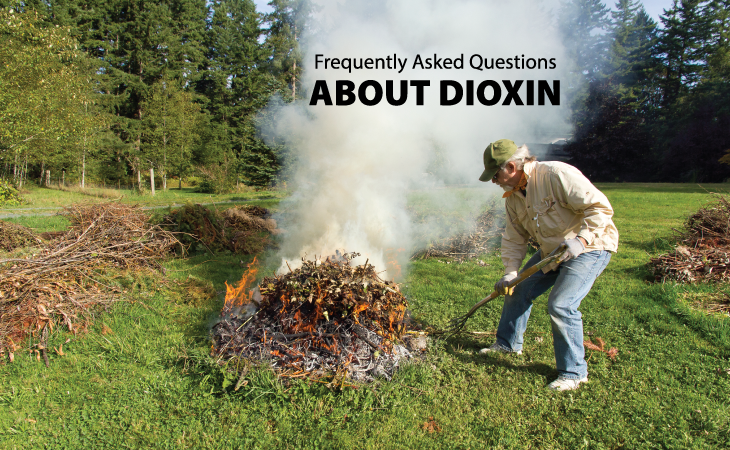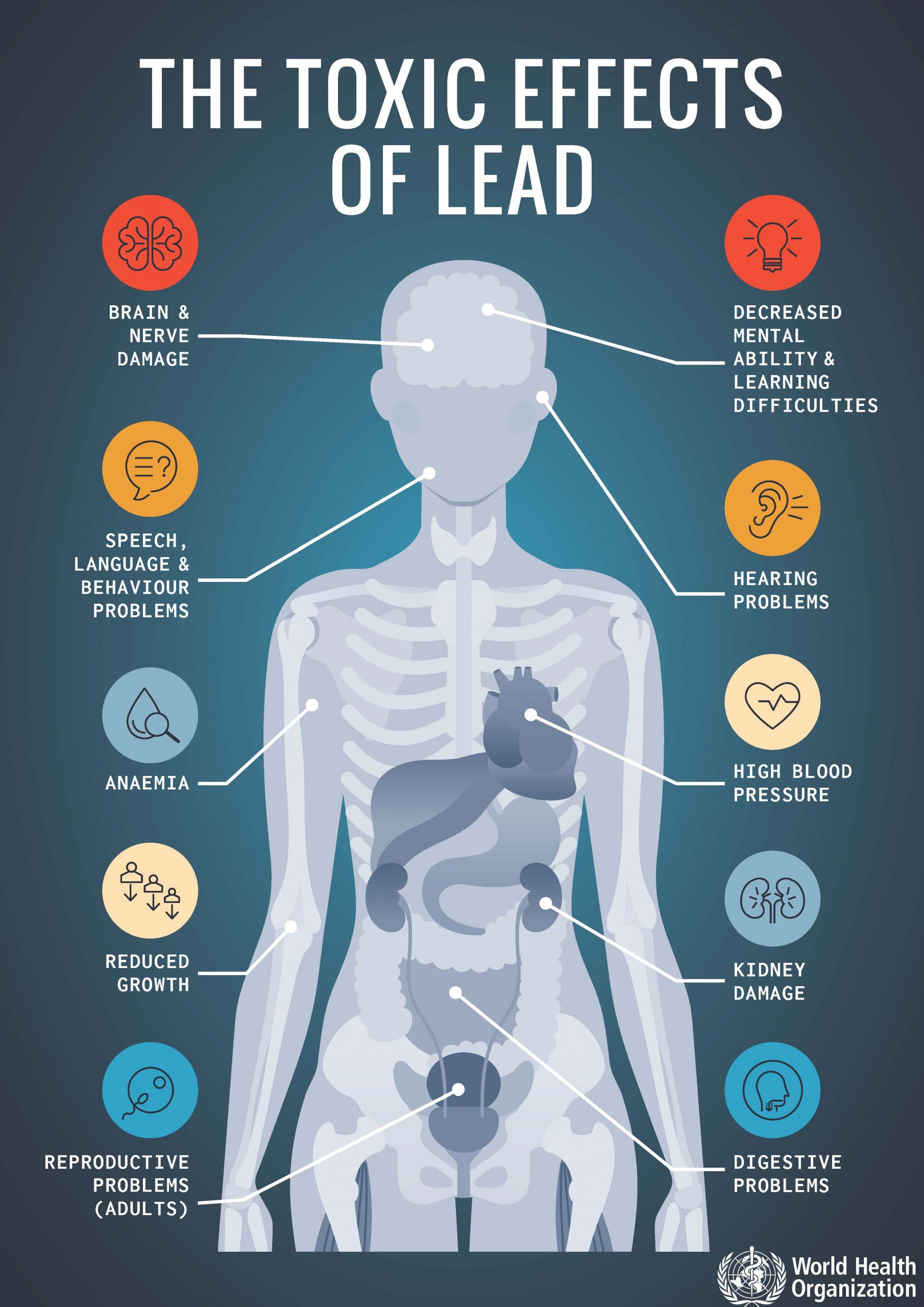We may be inadvertently causing great damage to our internal systems by chronic exposure and ingestion of chemicals
It may not be obvious, but chemicals are ingredients used in many end products that are all around us. They are used to make consumer goods – from smartphones to textiles and cleaning products; from foam mattresses to food packaging and clothing. Chemicals are also used to make products found in factories, construction sites, farms and hospitals – from pipes to windows and wiring; from fertiliser to machinery components and medical equipment.
Chemicals are part of our daily life. All living and inanimate matter is made up of chemicals and virtually every manufactured product involves the use of chemicals. Many chemicals can, when properly used, significantly contribute to the improvement of our quality of life, health and well-being. But other chemicals are highly hazardous and can negatively affect our health and environment when improperly managed.
According to The World Health Organisation (WHO), the following are some everyday chemicals that are major public health concerns:
Arsenic
Arsenic is a metalloid element that forms a number of poisonous compounds. It is widely distributed throughout the Earth’s crust, and can be released into the atmosphere and water through natural and human activities.
Soluble inorganic arsenic is highly acutely toxic. Intake of inorganic arsenic over a long period can lead to chronic arsenic poisoning (arsenicosis).
Asbestos
All types of asbestos cause lung cancer, mesothelioma, cancer of the larynx and ovary, and asbestosis (fibrosis of the lungs). Exposure to asbestos occurs through inhalation of fibres in air in the working environment, ambient air in the vicinity of point sources such as factories handling asbestos, or indoor air in housing and buildings containing friable (crumbly) asbestos materials.
Currently about 125 million people in the world are exposed to asbestos at the workplace.

Benzene
Human exposure to benzene has been associated with a range of acute and long-term adverse health effects and diseases, including cancer and haematological effects. Exposure can occur occupationally, in the general environment and in the home as a result of the ubiquitous use of benzene-containing petroleum products, including vehicle fuels and solvents. Active and passive exposure to tobacco smoke is also a significant source of exposure.
Benzene is highly volatile and exposure occurs mostly through inhalation.
Cadmium
Cadmium exerts toxic effects on the kidneys as well as the skeletal and respiratory systems. It is classified as a human carcinogen. It is generally present in the environment at low levels; however, human activity has greatly increased levels in environmental media relevant to population exposure. Exposures potentially of particular concern for children include disposal and recycling of electronic and electrical waste, as well as toys, jewellery and plastics containing cadmium.
Cadmium can travel long distances from the source of emission by atmospheric transfer. It is readily accumulated in many organisms, notably mollusks and crustaceans. Lower concentrations are found in vegetables, cereals and starchy roots. Human exposure occurs mainly from consumption of contaminated food, active and passive inhalation of tobacco smoke, and inhalation by workers in a range of industries.

Dioxins
Dioxins and dioxin-like substances, including PCBs, are persistent organic pollutants (POPs) covered by the Stockholm Convention. They can travel long distances from the source of emission, and bioaccumulate in food chains.
Human exposure to dioxins and dioxin-like substances has been associated with a range of toxic effects, including chloracne; reproductive, developmental and neurodevelopmental effects; immunotoxicity; and effects on thyroid hormones, liver and tooth development. They are also carcinogenic. Developmental effects in males are the most sensitive toxic end-point, making children – particularly breastfed infants – the population most at risk.
These substances are unwanted byproducts of combustion and various industrial processes, such as chlorine bleaching of paper pulp and smelting.
Fluoride
Fluoride intake has both beneficial effects – in reducing the incidence of dental caries – and negative effects – in causing tooth enamel and skeletal fluorosis following prolonged high exposure.
Excessive fluoride intake usually occurs through the consumption of groundwater naturally rich in fluoride, particularly in warm climates where water consumption is greater, or where high-fluoride water is used in food preparation or irrigation of crops. Such exposure may lead to dental fluorosis or crippling skeletal fluorosis, which is associated with osteosclerosis, calcification of tendons and ligaments, and bone deformities.

Lead
Lead is a toxic metal whose widespread use has caused extensive environmental contamination and health problems in many parts of the world. It is a cumulative toxicant that affects multiple body systems, including the neurologic, hematologic, gastrointestinal, cardiovascular, and renal systems. Children are particularly vulnerable to the neurotoxic effects of lead, and even relatively low levels of exposure can cause serious and in some cases irreversible neurological damage.
Recent reductions in the use of lead in petrol, paint, plumbing and solder have resulted in a substantial reductions in population-level mean blood lead concentrations. However, significant sources of exposure still remain, particularly in developing countries.
Mercury
Mercury is toxic to human health, posing a particular threat to the development of the child in utero and early in life. Mercury exists in various forms: elemental (or metallic); inorganic (e.g. mercuric chloride); and organic (e.g., methyl- and ethylmercury), which all have different toxic effects, including on the nervous, digestive and immune systems, and on lungs, kidneys, skin and eyes.
It has been estimated that among selected subsistence fishing populations, between 1.5/1000 and 17/1000 children showed cognitive impacts caused by the consumption of fish containing mercury. Mercury releases in the environment result mainly from human activity, particularly from coal-fired power stations, residential heating systems, and waste incinerators and as a result of mining for mercury, gold and other metals. Once in the environment, elemental mercury is naturally transformed into methylmercury that bioaccumulates in fish and shellfish.
Human exposure occurs mainly through inhalation of elemental mercury vapours during industrial processes and through consumption of contaminated fish and shellfish.
https://www.who.int/news-room/fact-sheets/detail/pesticide-residues-in-food
Pesticides
Some of the older, less costly pesticides can remain for years in soil and water. Many of these chemicals have been banned from agricultural use in developed countries, but they are still used in many developing countries.
Pesticides play a significant role in food production. They protect or increase yields and may increase the number of times each year a crop can be grown on the same land. This is particularly important in countries that face food shortages.
Pesticides are used to protect crops against insects, weeds, fungi and other pests.
Pesticides are potentially toxic to humans and can have both acute and chronic health effects, depending on the quantity and ways in which a person is exposed.
People who face the greatest health risks from exposure to pesticides are those who come into contact with them at work, in their home or garden.
Limiting exposure to these chemicals can contribute to your better health and reduce potential risk of diseases.
Here are some strategies you can follow:
Read Labels: When purchasing household products such as cleaning agents, personal care items, and pesticides, carefully read the labels. Look for products with fewer chemicals, organic or natural ingredients, and those labeled as “fragrance-free” or “unscented.”
Choose Safer Alternatives: Opt for products that are environmentally friendly, biodegradable, and free from harsh chemicals like ammonia, bleach, and phthalates. Consider using natural alternatives like vinegar, baking soda, or lemon juice for cleaning purposes.
Ventilation: Ensure proper ventilation in your home, especially when using products that emit strong odors or fumes. Open windows, use exhaust fans, and maintain good airflow to minimize indoor air pollution.
Filter Air and Water: Install air purifiers and water filters in your home to reduce exposure to pollutants and contaminants. Choose filters that are certified to remove specific chemicals and impurities.
Limit Plastic Use: Minimise your use of plastic products, especially those containing harmful chemicals like bisphenol A (BPA) and phthalates. Use glass, stainless steel, or BPA-free plastics for food and beverage storage.
Eat Organic: Choose organic produce and foods whenever possible to reduce exposure to pesticides, herbicides, and synthetic fertilizers. Wash fruits and vegetables thoroughly to remove residual chemicals.
Avoid Synthetic Fragrances: Synthetic fragrances found in air fresheners, perfumes, and scented candles often contain harmful chemicals known as phthalates. Opt for fragrance-free or naturally scented products to avoid exposure.
Use Protective Gear: When handling chemicals or performing household chores, wear protective gear such as gloves, masks, and goggles to minimize direct contact and inhalation of harmful substances.
Limit Microwave Use: Avoid microwaving food in plastic containers, as chemicals from the plastic can leach into the food when heated. Instead, use microwave-safe glass or ceramic containers.
Educate Yourself: Stay informed about the potential risks associated with everyday chemicals and make informed decisions about their use. Keep up-to-date with research and guidelines from reputable sources such as government agencies and health organizations.
By adopting these practices, you can reduce your exposure to everyday chemicals and create a safer and healthier environment for yourself and your family.



